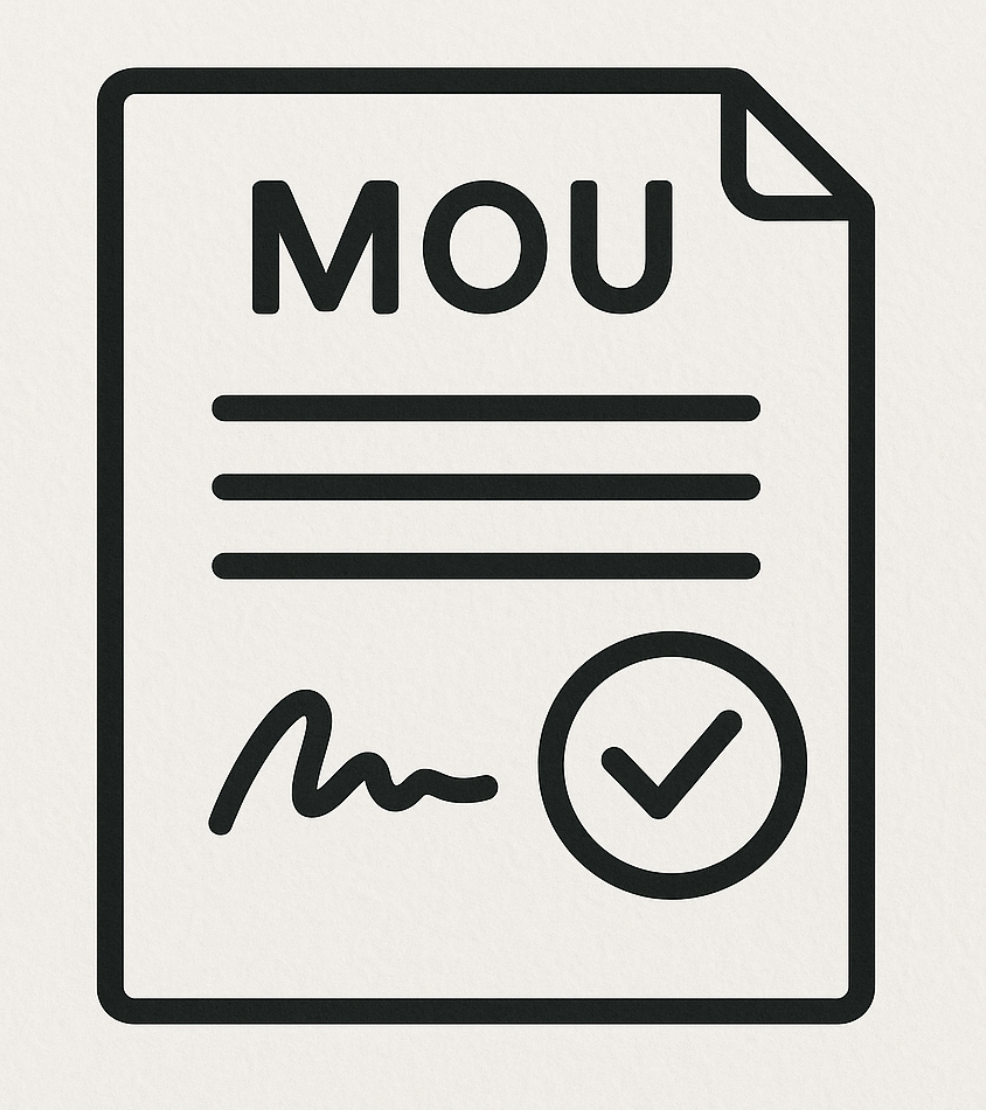PENDIDIKAN ISLAM DALAM PERSPEKTIF WAHYU PERTAMA (SURAH AL-‘ALAQ AYAT 1-5)
DOI:
https://doi.org/10.18592/jtipai.v10i1.3470Abstract
ABSTRACT: Islamic education begins with the sending of Muhammad as a prophet and apostle. The first revelation event in Hira Cave involved 3 important interrelated elements, namely the Prophet Muhammad, the revelation or message, and the Angel Gabriel AS. These three elements in the world of education can be understood as the relationship between students, materials, and teachers. The purpose of this paper is to examine the educational aspect in the first revelation (Q.S. al-'Alaq: 1-5), the research method is a library research method. The results of the study illustrate that education can be successful if in the process it cannot be separated from the attitude of the soul -especially for a teacher- who is always connected to God.KEYWORDS: Islamic Education; Revelation; Teacher. ABSTRAK: Pendidikan Islam dimulai dengan diutusnya Muhammad sebagai seorang nabi dan rasul. Peristiwa wahyu pertama di Gua Hira melibatkan 3 unsur penting yang saling terkait, yaitu Nabi Muhammad saw, wahyu atau pesan, dan Malaikat Jibril as. Ketiga unsur tersebut dalam dunia pendidikan dapat dipahami sebagai relasi antara murid, materi, dan guru. Tujuan penulisan ini adalah mengkaji aspek pendidikan dalam wahyu pertama (Q.S. al-‘Alaq: 1-5), metode penelitian adalah metode penelitian kepustakaan. Hasil penelitian menggambarkan bahwa pendidikan dapat berhasil jika dalam prosesnya tidak terlepas dari sikap jiwa -terutama bagi seorang guru- yang senantiasa terhubung dengan Tuhan.KATA KUNCI: Pendidikan Islam; Wahyu; Guru.References
Al-Abrâsyî, Muhammad ‘Athiyyah. (tth). At-Tarbiyyah al-Islâmiyyah wa Falâsafatuhâ, Cet. Ke-2. Mesir: ‘Îsa al-Bâb al-Halabiy.
Al-Andalusiy, Muhammad Yûsuf. (2010) Tafsîr al-Bahr al-Muhîth. Juz 8. Beirut: Dâr al-Kutub al-‘Ilmiyyah.
Al-Marâgi, Ahmad Mushthafâ. (1946). Tafsîr al-Marâghî, Juz ke-30, Cet. I. Mesir: Mushthafâ al-Bâb al-Halabiy
Al-Qur’ân al-Karîm
Ash-Shâbûnî, Muhammad ‘Ali. (2008) Shafwah at-Tafâsîr. Jilid 3. Beirut: Maktabah al-‘Ashriyyah.
Katsîr, Ibn. (2010). Tafsîr al-Qur’ân al-‘Azhîm. Juz 7. Cet. ke-1. Beirut: Dâr Ibn al-Jauzî.
Mursî, Muhammad Munîr. (1977). At-Tarbiyyah al-Islâmiyyah; Ushûluhâ wa Tathawwuruhâ fî al-Bilâd al-‘Arabiyyah. Mesir: ‘Âlam al-Kutub.
Nazir, Mohammad. (1988). Metode Penelitian. Jakarta: Ghalia Indonesia.
Shihab, M. Quraish. (2007). Wawasan al-Quran; Tafsir Tematik atas Pelbagai Persoalan Umat. Bandung: Mizan.
Syadîd, Muhammad. (tth). Mahhaj al-Qur’ân fî at-Tarbiyyah. Dâr at-Tauzî’ wa an-Nasyr al-Islâmiyyah.
Tim Penyusun. (1414 H/1994 M). Al-Mawsû’ah al-Fiqhiyyah. Juz 30. Cet. Ke-1. Kuwait: Wizârah al-Awqâf wa asy-Syu’ûn al-Islamiyyah.
Zar, Sirajuddin. (2010). Filsafat Islam; Filosof dan Filsafatnya. Jakarta: Rajawali Pers.
Downloads
Published
How to Cite
Issue
Section
License
Authors who publish with this journal agree to the following terms:
- Authors retain copyright and grant the journal right of first publication with the work simultaneously licensed under a Creative Commons Attribution License that allows others to share the work with an acknowledgement of the work's authorship and initial publication in this journal.
- Authors are able to enter into separate, additional contractual arrangements for the non-exclusive distribution of the journal's published version of the work (e.g., post it to an institutional repository or publish it in a book), with an acknowledgement of its initial publication in this journal.
- Authors are permitted and encouraged to post their work online (e.g., in institutional repositories or on their website) prior to and during the submission process, as it can lead to productive exchanges, as well as earlier and greater citation of published work.










